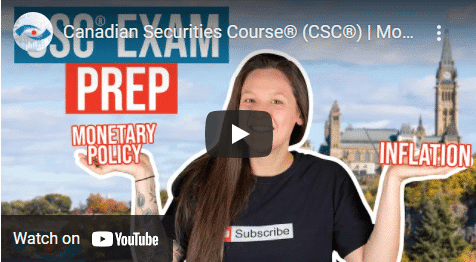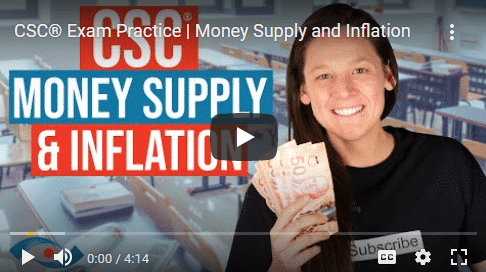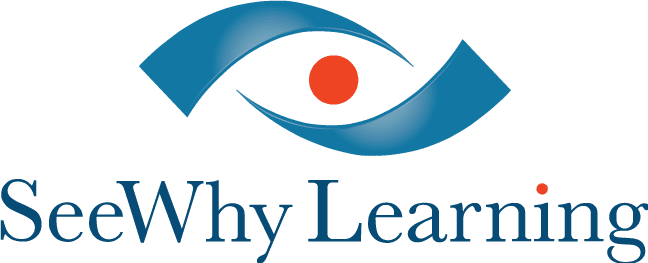I’ve been hearing a lot about the federal government’s new program, where new home buyers can get an interest-free loan to beef up their down payment that sure will help people get into the housing market. I want to learn more about this program. So I’m taking SeeWhy’s “Uber Challenge”. I’m going to order an Uber, start the video on SeeWhy’s YouTube channel, and see if they can explain it to me before my ride arrives.
The lack of affordable housing in much of Canada has been a hot topic for many years. It seems whether you’re in the market to buy or rent the costs keep going up at an alarming rate. Governments are trying to solve this issue, but it’s a really tough nut to crack. There’s a figurative tug of war between people who want housing prices to fall, like those trying to get into the market, and those that don’t – like people who already own real estate. I’m going to discuss the government’s new “first-time home-buyer incentive program”. Whenever I come across an article on this program it tends to focus on the interest-free loan aspect, which is great, but there’s another side of the coin that doesn’t get too much attention. So we’re going to discuss both.
To help people get into the real estate market the government has introduced the first-time home-buyer incentive (FTHBI). Under this plan, the government will lend money interest-free to a qualified first-time home-buyer, which increases the total down payment. This lowers the amount that has to be financed through a lending institution, which ultimately results in a lower monthly payment. Let’s look at an example together.
Paul is purchasing a home for $100,000. Now you’re probably thinking, where can I buy a home for a $100,000? I get that, but I want to use simple, easy to understand numbers. Paul saved hard and has a 5% down payment. Let’s assume he pays a CMHC fee in cash, so that it’s not added to the mortgage, and we’ll take a look at his mortgage payment into scenarios.
- If he is putting just the 5% down that he has of his own money.
- If he is putting 5% of his own money down, plus a 5% interest free equity loan from the government.
Let’s look at scenario 1, where he’s putting down a down payment of only 5%. A 5% down payment on $100,000 means he’s putting $5,000 down. Therefore his mortgage will be for $95,000 (again, assuming he pays a CMHC premium in cash). Now assuming a 3% interest rate and 25-year amortization, his payment would be $449.58. Remember that number.
Now, scenario 1. A 10% down payment made up of his own 5% plus the 5% interest rate equity loan under the FTHMI program. Again, he has a 5% down payment, which is $5,000 and the government is also lending him $5,000 interest free. Therefore, his total down payment would be $10,000. This means his mortgage will be for $90,000 (again, assuming he pays a CMHC premium in cash). Assuming a 3% interest rate and 25-year amortization as we did before, his payment would be $425.92.
So under the shared equity mortgage, Paul’s monthly payment would be reduced by $23.66. As you can imagine, the payment difference becomes much larger when we talk about bigger, more realistic, mortgages. Sounds great so far, right? Especially if Paul wouldn’t have been able to buy the home at all without the help offered by the program. But there is a downside that buyers need to carefully consider. The government loan is interest free, which is awesome, but at what cost? In exchange for the interest free loan, the government takes an ownership stake in the home (also known as an equity position) and you have to pay the government back its fair share when you sell the home, or in 25 years, whichever comes first. When that happens, it’s based on the fair market value, not what the house was worth when you bought it.
So in our scenario, the government would have taken a 5% equity stake in Paul’s home. Let’s assume that Paul sells his home 20 years later for $200,000. The government has a 5% equity stake. So he would have to repay $10,000 ($200,000 x 5% = $10,000). And you will notice this is twice what he borrowed! The requirements to repay the government could become a real problem for Paul. For example, if he wants to upgrade to a larger home, he’ll likely have to pay thousands in realtor fees and repay the government $10,000 which will obviously reduce the equity that he could apply to his new purchase. Yes, of course the reverse is also true. If the home declines in value, the government would get less than it loaned, but it’s highly unlikely that home prices will fall over the long-term.
Finally, I want to remind you, this program is not available to everyone. Keep in mind, its purpose is to help someone get into the housing market. Therefore, to participate, the buyer must qualify as a first-time home-buyer and have a minimum of 5% down from their own resources. The government will then loan up to 5% for purchases of a resale home or 10% for new construction. Take note of one more thing – this results in a first mortgage with the primary lender and a second mortgage with the government, both of which are registered against the property. This could increase the home buyer’s legal fees upon closing.
Thanks SeeWhy, that really helped … and here’s my ride.
Recent Videos

Monetary & Fiscal Policy Part 2

Monetary & Fiscal Policy







